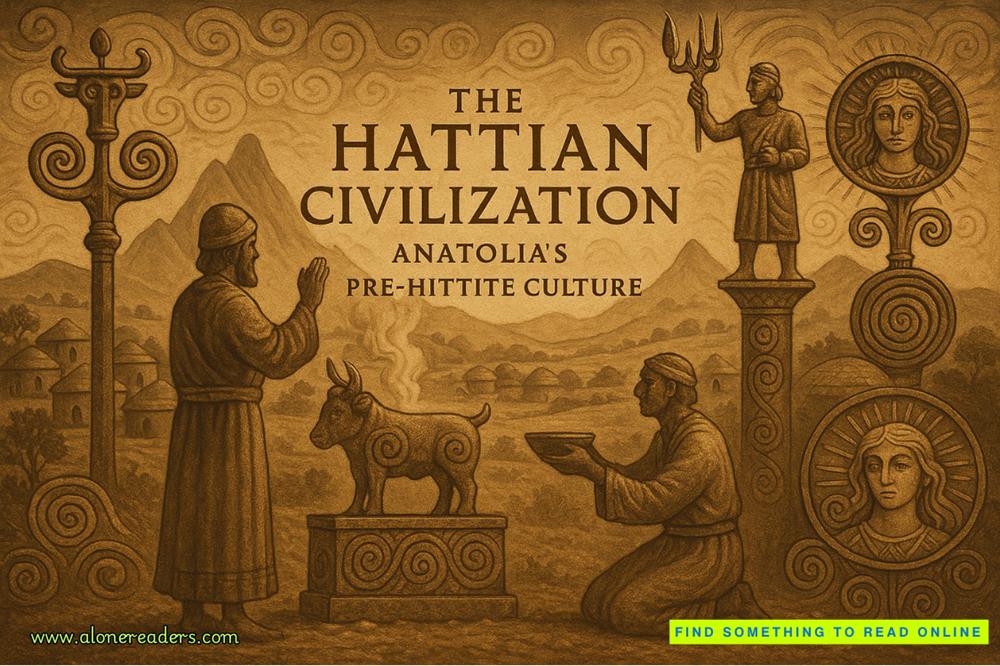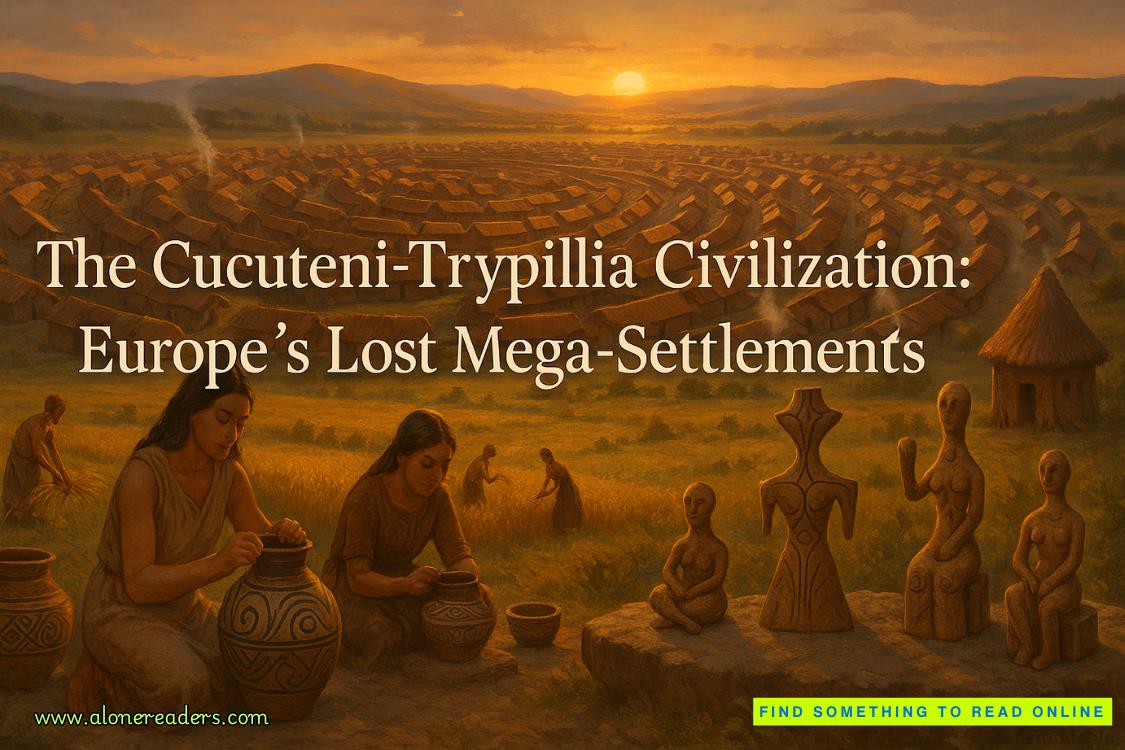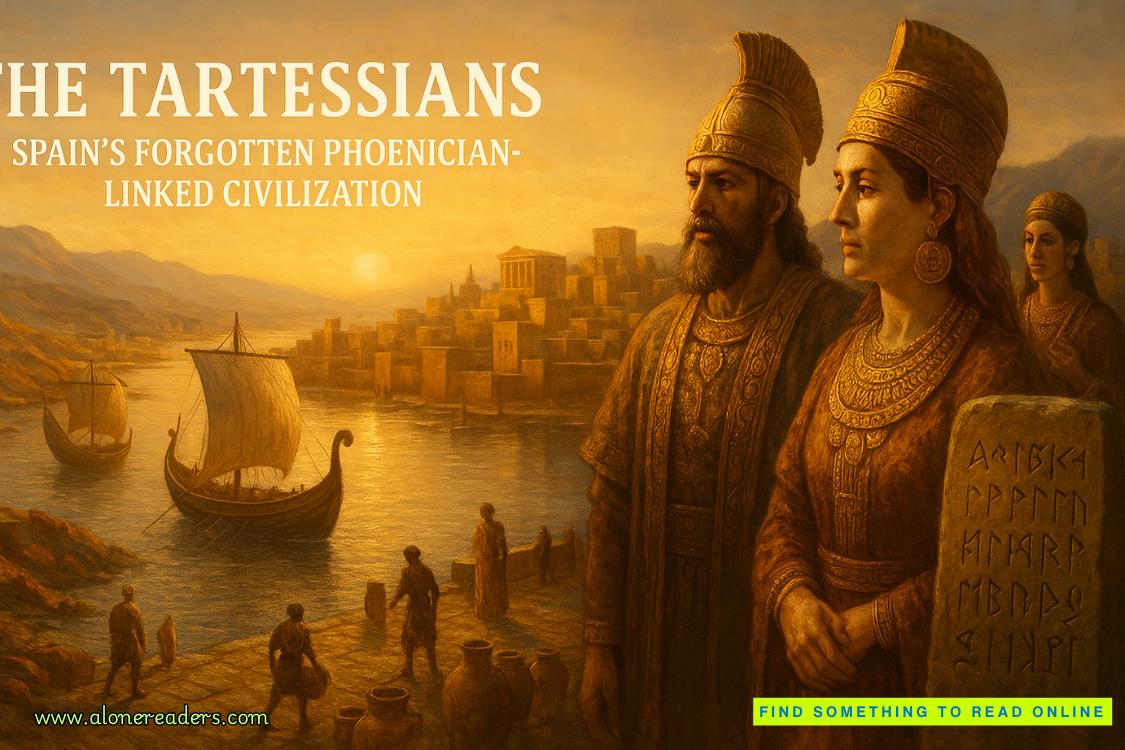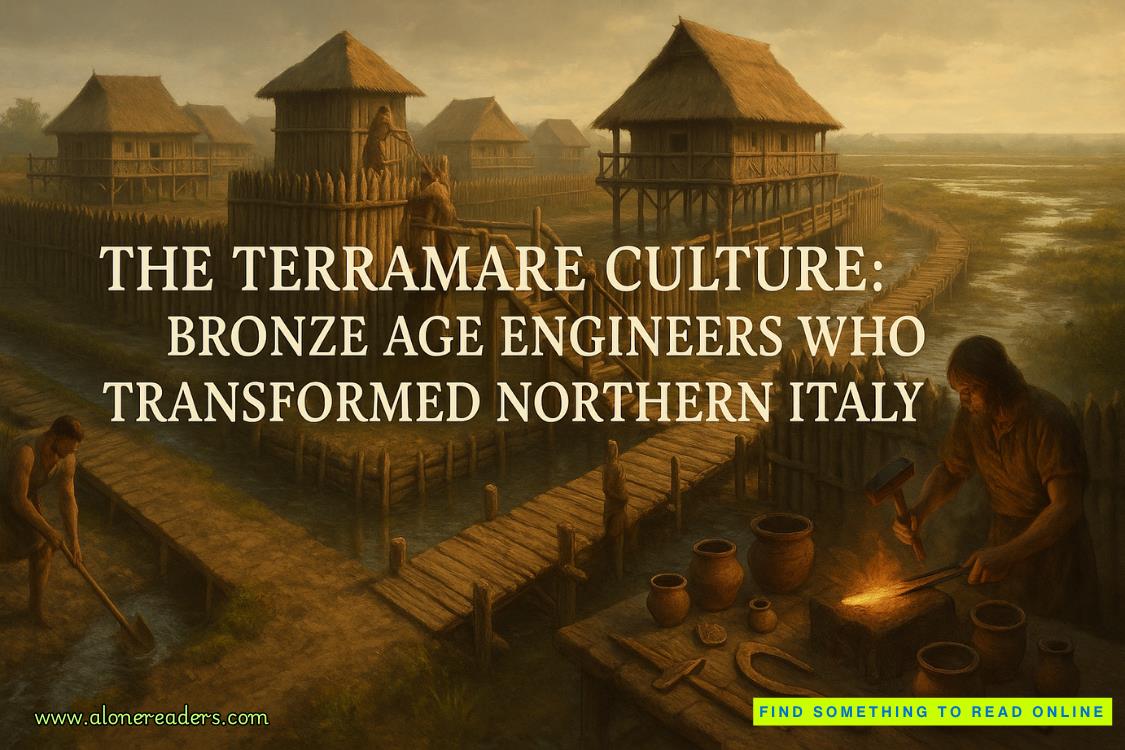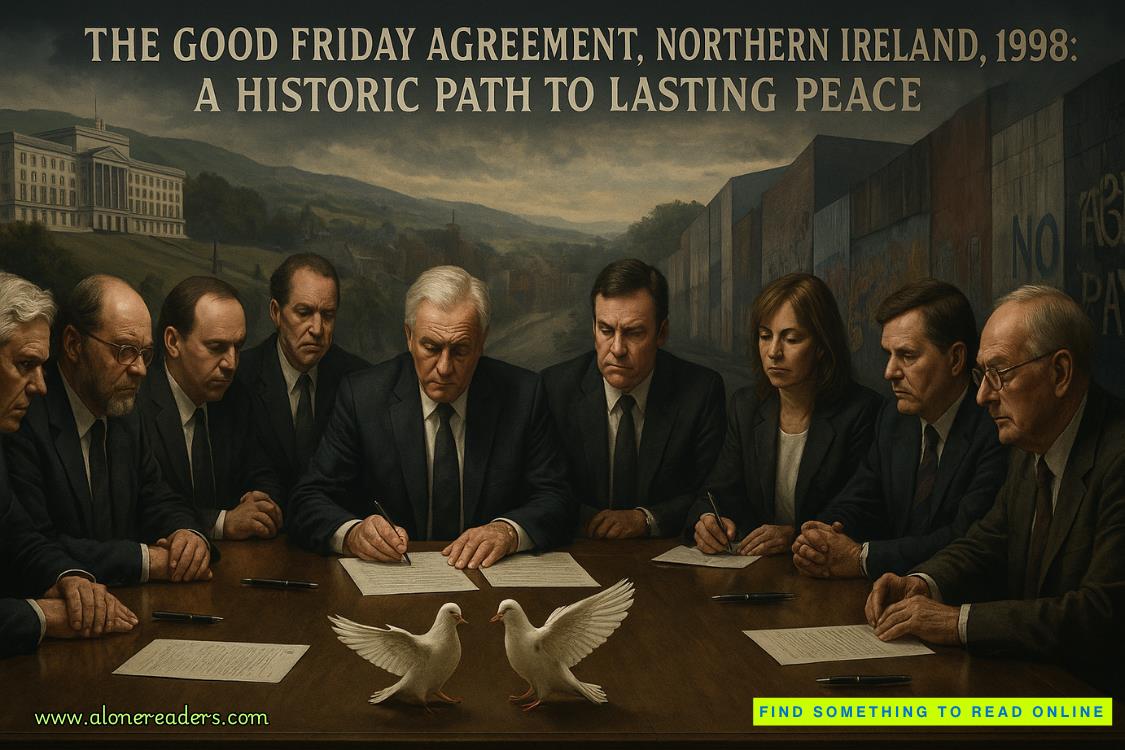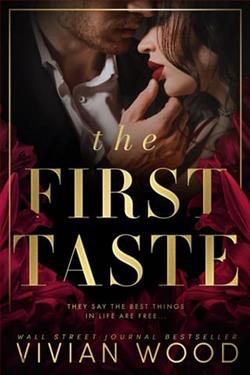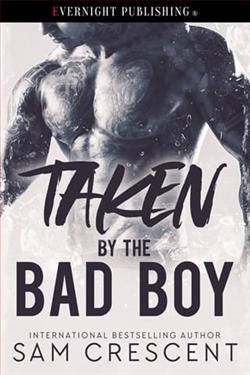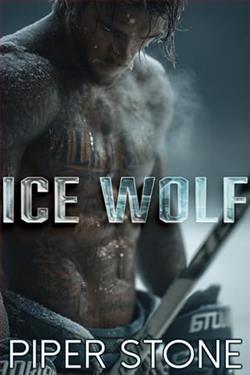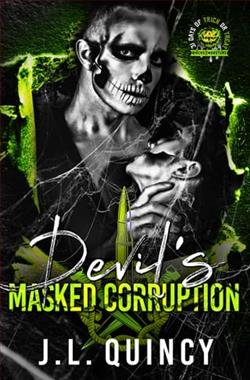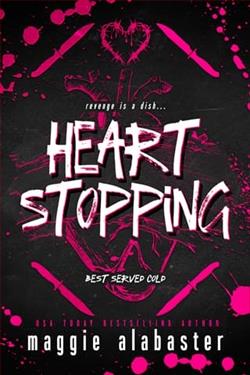Page 2 of Long Time Gone
“The staff here at the OCME has chosen four topics unique to forensic pathology, and we randomly assigned each of our fellows to one of them. Ready to hear what the next year of your life will revolve around?”
“Ready,” Sloan said.
The two-year fellowship opportunity under Dr. Livia Cutty was unique compared to other forensic pathology fellowships across the country, which were each made up of just a single year of training. The extra year with Dr. Cutty promised a stronger résumé for those seeking positions tangential to criminology and law enforcement. Sloan’s dream was to work side-by-side with a major homicide unit, and she had set her sights on Livia Cutty’s program the day she started residency four years earlier.
“Your area of interest,” Livia said, “will be forensic and investigative genealogy.”
Sloan raised her eyebrows and nodded. “Okay,” she said slowly.
“Not familiar with this area of forensics?”
“I think we covered it in one of my college courses, but that feels like a lifetime ago.”
“A lot has changed since then. It’s a constantly evolving specialty. Forensic genealogy is the science behind the breaks in more than a few high-profile cold cases that have been in the news over the last few years. The most well-known is probably the Golden State Killer case. Do you know the case?”
“I know of it,” Sloan said.
“During the seventies, a guy went on an extended spree of rape and murder in Northern California. Each incident was a middle-of-the-night home invasion. From a few of the scenes, police were able to secure the suspect’s DNA. There was no national DNA database back then, so the DNA went unidentified but was preserved as evidence. The guy continued his reign of terror into the early eighties, and then abruptly stopped. His DNA remained unidentified for decades until really smart investigators decided to tap into online genealogy databases in an effort to identify the source of the old crime scene DNA.”
“Like Ancestry dot com? The online sites where people submit their DNA to create family trees and learn about their heritage?”
“Correct,” Livia said. “Ancestry dot com, Twenty-Three and Me. There’re dozens of them, and they contain a treasure trove of genetic information. Bigger than any database law enforcement could ever create.”
“But no serial killer is dumb enough to submit their own DNA to one of these sites.”
Livia shook her head. “The killers don’t, but their unsuspecting relatives do. Cold case detectives working the Golden State Killer case took a chance and submitted the killer’s DNA, which had been sequestered from one of the crime scenes and preserved for decades, to GEDmatch—a free service that allows users to upload and analyze their DNA sequences—and hoped for a hit. Low and behold, the killer’s DNA showed a genetic link—a match, they call it—to a man who had uploaded his DNA sequence and was identified as a second cousin to whoever the Golden State Killer was. Then the investigative work began. A genealogist working with detectives tracked down the cousin and worked backwards to create a family tree. Second cousins led to first cousins. First cousins led to aunts and uncles. And so on down the genetic line. Detectives researched every relative to see if any of them lived in the areas where the crimes had taken place. After some legwork, they narrowed their list down to just a couple of names. Then they did some stakeout work and waited each week until these potential suspects wheeled their garbage cans to the curb. A DNA sample taken from a used tissue in one of the suspect’s garbage bins was an exact match to the DNA sequestered from the crime scenes. An arrest was made and the decades-old case of the Golden State Killer was solved.”
“Fascinating.”
“I’m glad you think so, because you’re about to spend a year of your life researching this topic and finding a way to advance it.”
Livia slid a three-ring binder across the desk.
“This contains everything that will be required to complete the project. Of course, your research will culminate in a thesis paper that you will present at the end of the year. Information about ‘Presentation Day,’ as it’s called, is also in the binder. The presentation must fill four hours, broken into two two-hour segments. There are benchmarks that you’ll be expected to meet throughout the year, and they’re aimed at keeping you on schedule. We’ll meet to review your progress every three months. And, of course, you’ll be required to keep up with the second-year fellow you’ve been assigned to and also reach the milestones laid out that will prepare you for the second, clinical, year of fellowship.”
“Understood,” Sloan said.
“I’ve given you a lot of information this morning. Take a day or two to review and process all of it. If you have questions, find me. I’m always available. And I’ll give you a little bit of advice my mentor gave me: Procrastination is the devil’s way of stealing your time. Avoid it at all costs. Get busy and stay busy.”
“Yes, ma’am.”
CHAPTER 3
Raleigh, North Carolina Tuesday, July 2, 2024
SLOAN GRABBED HER MAIL FROM A ROW OF BOXES BEFORE SHE WALKED up the steps of her apartment—a one-bedroom in Trinity Circle. Inside, she popped open a Diet Dr. Pepper, her beverage of choice and the secret weapon, along with her obsession with CrossFit, that had helped her survive both medical school and residency. At the kitchen table she flipped open her laptop. She’d spent the previous day reading through the information contained in the giant three-ring binder Dr. Cutty had given her, making notes, and outlining the approach she would take to researching, dissecting, and somehow advancing the field of forensic and investigative genealogy.
The first thing she’d have to do is find a case that had been solved using DNA profiles stored on databases of online ancestry sites. She knew better than to consider the Golden State Killer case. It was too well known, too mainstream, and completely unoriginal. She made a list of people she needed to get in touch with. It included homicide detectives, genealogists, and maybe a reporter or two who had covered true crime and could tip her off to a less well-known case involving forensic genealogy.
She took a sip of Dr. Pepper and got busy on her laptop, deciding that contacting a genealogist would be the easiest of the three. A quick search brought up a website for the Association of Professional Genealogists. Sloan paged through scores of profiles until she found a genealogist named James Clayton located in North Carolina. The profile included an email address, so she ripped off a quick message to him.
Dear James,
I’m a fellow in forensic pathology at the Office of the Chief Medical Examiner in North Carolina. I’m researching forensic ge nealogy and looking for a genealogist to give me a “Genealogy 101” lesson. I located your name from the Association of Professional Genealogists online. I’m in Raleigh, just like you. Please let me know if you’d be willing to answer a few of my questions.
—Sloan Hastings
She included her phone number and logged out of her email. She spent the rest of the morning researching homicides that had been recently solved using online genealogy databases. She made a list of the ten that looked promising and spent three hours after lunch reading and printing articles on each of them. It was midafternoon when her phone buzzed with a text message. She didn’t recognize the number but saw when she opened the message that it was James the genealogist.
